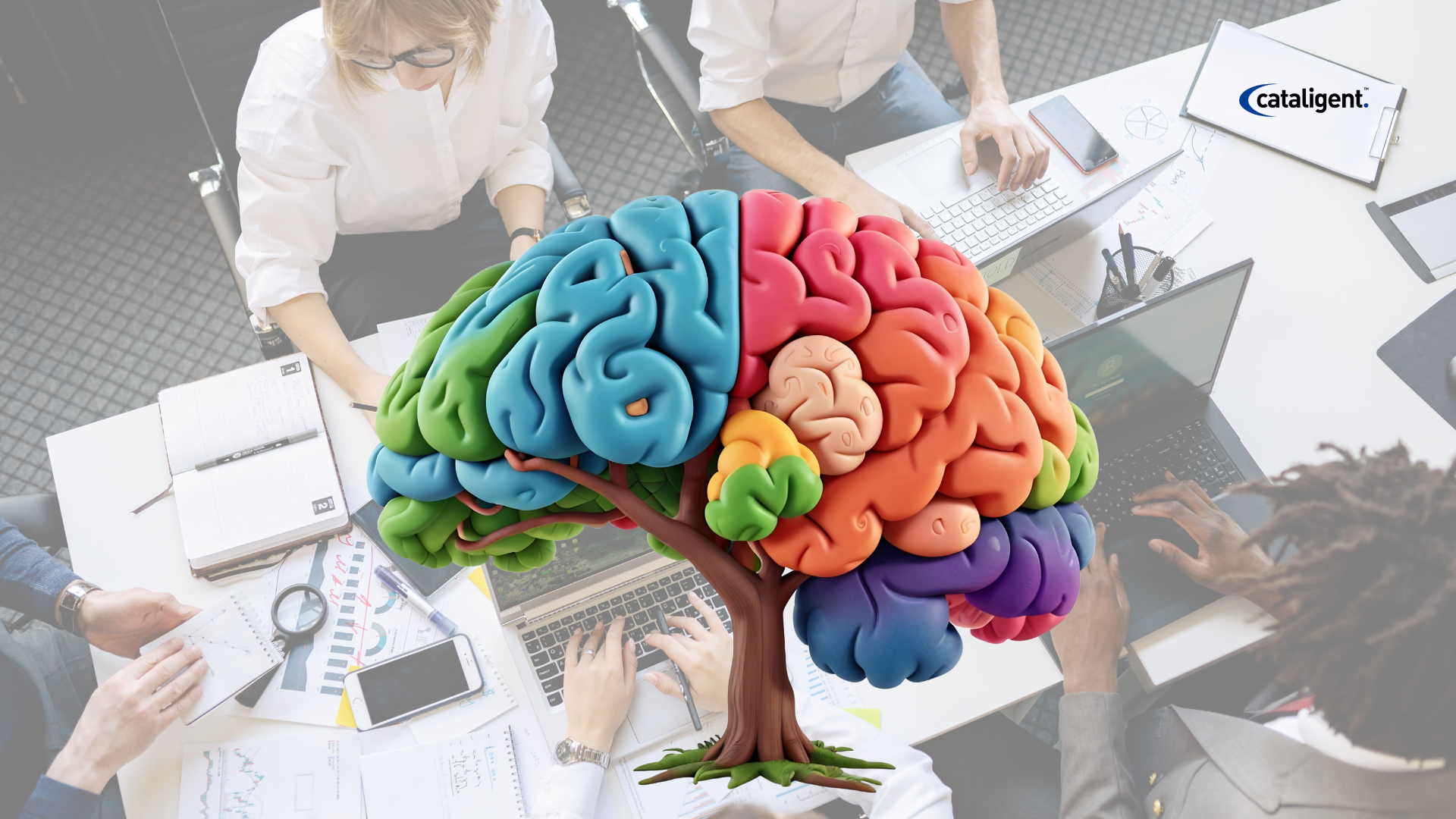In every boardroom conversation about business transformation, technology takes center stage—AI adoption, automation, data analytics, and digital platforms. Yet, one of the most overlooked bottlenecks to successful transformation isn’t technological at all: it’s human cognitive load. Organizations often underestimate how much decision fatigue, mental overload, and information fragmentation weigh down their workforce. The truth is clear: transformation fails not because of strategy or tools, but because employees simply can’t carry the mental burden.
What is Cognitive Load in Business?
Cognitive load refers to the total mental effort being used in working memory. In organizations, this translates to the daily reality of employees who are:
- Bombarded with dashboards, emails, and alerts from multiple platforms.
- Juggling overlapping priorities across different projects.
- Navigating redundant processes and unnecessary approvals.
- Attending excessive meetings with little actionable output.
It’s not just an HR issue—it’s an organizational performance challenge. When cognitive load exceeds healthy levels, employees:
- Take longer to complete tasks.
- Miss critical details.
- Burn out faster.
- Resist transformation initiatives because they feel like “just another thing to manage.”
Why Managing Cognitive Load is Crucial for Transformation
1. Productivity Is Capped by Human Bandwidth
Organizations invest in cutting-edge tools but forget the brainpower required to navigate them. More platforms, more reports, more notifications—none of it translates to progress if employees can’t process the information.
2. Decision Fatigue Reduces Strategic Agility
Leaders and managers face constant micro-decisions: approvals, escalations, prioritizations. As decision fatigue builds, strategic judgment weakens. Poor decisions cascade across entire departments.
3. Employee Experience Shapes Transformation Success
Transformation is not about technology adoption alone; it’s about adoption by people. If employees feel overwhelmed, adoption fails, regardless of how powerful the platform is.
4. Innovation Requires Mental Space
Employees bogged down by cognitive overload have no room to think creatively. Without mental capacity, organizations cannot expect breakthrough innovation.
5. Hidden Cost of Overload
Cognitive overload leads to absenteeism, high attrition, compliance errors, and rework—all silent drains on transformation ROI.
How Cataligent Helps Manage Cognitive Load
Cataligent’s CAT4 platform is designed not only for strategy execution but also for reducing organizational cognitive overload. By aligning strategy, execution, and operations into a single ecosystem, CAT4 becomes a cognitive relief mechanism for the entire organization.
1. Unified Platform = Fewer Dashboards, Fewer Headaches
Instead of employees switching between fragmented tools (project trackers, reporting dashboards, spreadsheets), CAT4 consolidates everything. A single source of truth minimizes context-switching and decision friction.
2. Real-Time Visibility Prevents Redundant Work
Teams often duplicate work because they lack visibility into what others are doing. CAT4’s portfolio and project tracking ensures transparency, reducing wasted effort and overlapping initiatives.
3. Prioritization Through Impact–Feasibility Scoring
Not all initiatives deserve equal attention. By using CAT4’s scoring system, leaders can reduce noise by focusing teams only on initiatives that truly matter.
4. Automation of Routine Tasks
Manual reporting, status updates, and compliance checks are massive cognitive drains. With AI, RPA, Lean, and Agile workflows, CAT4 automates repetitive processes, freeing up mental capacity for creative and strategic work.
5. Customizable Dashboards and KPIs
Employees often drown in irrelevant data. CAT4 enables role-based dashboards—so executives, managers, and frontline employees each see only the information they need to act, not a flood of irrelevant metrics.
6. Risk Management and Compliance Simplified
Instead of tracking risks across disconnected tools, CAT4 integrates risk management into the workflow, ensuring clarity without overloading employees with fragmented compliance processes.
The Business Transformation Angle
Business transformation requires energy—not just financial, but human. When organizations reduce cognitive load:
- Execution accelerates because employees can focus on meaningful work.
- Engagement improves as employees feel empowered instead of overwhelmed.
- Innovation flourishes because teams have the mental space to think differently.
- Trust builds between leadership and staff, as transformation feels like an enabler, not an additional burden.
Cataligent positions transformation as a human-centered journey. By giving employees clarity, removing duplication, and streamlining workflows, CAT4 makes transformation sustainable—not just a corporate initiative.
Practical Examples of Transformation with CAT4
- A multinational using CAT4 cut meeting times by 40% because leaders had access to real-time dashboards, reducing the need for endless status updates.
- A financial services firm eliminated 25% of redundant tools by centralizing project management, financial tracking, and compliance under CAT4, reducing IT complexity and employee stress.
- A manufacturing company reduced onboarding time for managers from weeks to days because CAT4 made processes transparent and intuitive.
These are not just efficiency gains; they are cognitive reliefs that directly boost transformation capacity.
Conclusion: The Untapped ROI of Mental Bandwidth
Transformation isn’t only about technology stacks or new business models—it’s about the mental bandwidth of people executing the change. Overloaded employees can’t deliver transformation, no matter how powerful the tools or visionary the strategy.
By integrating strategy execution, financial oversight, project management, and risk controls into a single platform, Cataligent’s CAT4 empowers organizations to manage not just projects, but also the cognitive health of their workforce.
The result: energized employees, sharper decisions, and transformation that truly sticks. Because in the end, business transformation isn’t about doing more—it’s about doing less, better. And that starts with managing the cognitive load of your organization.

